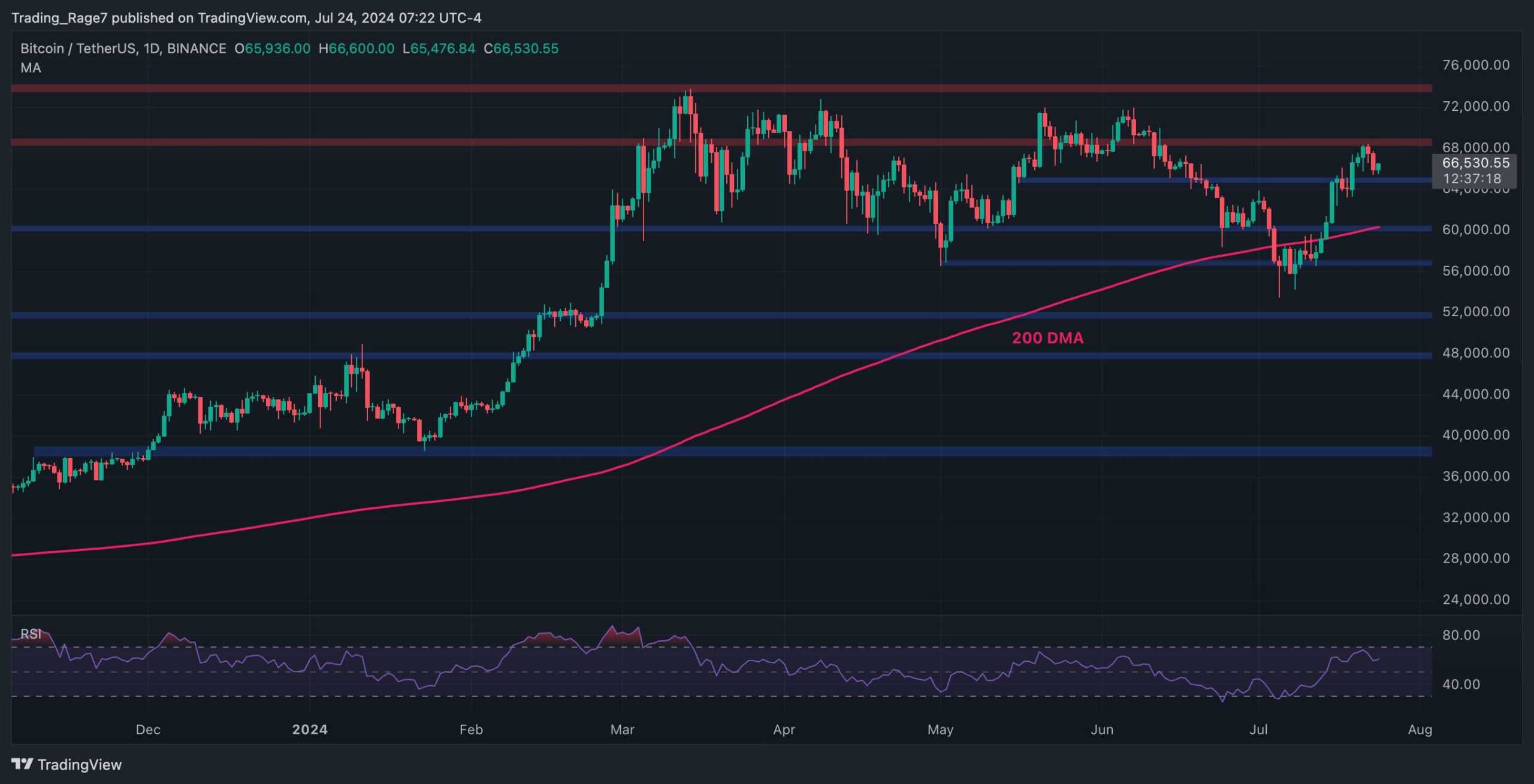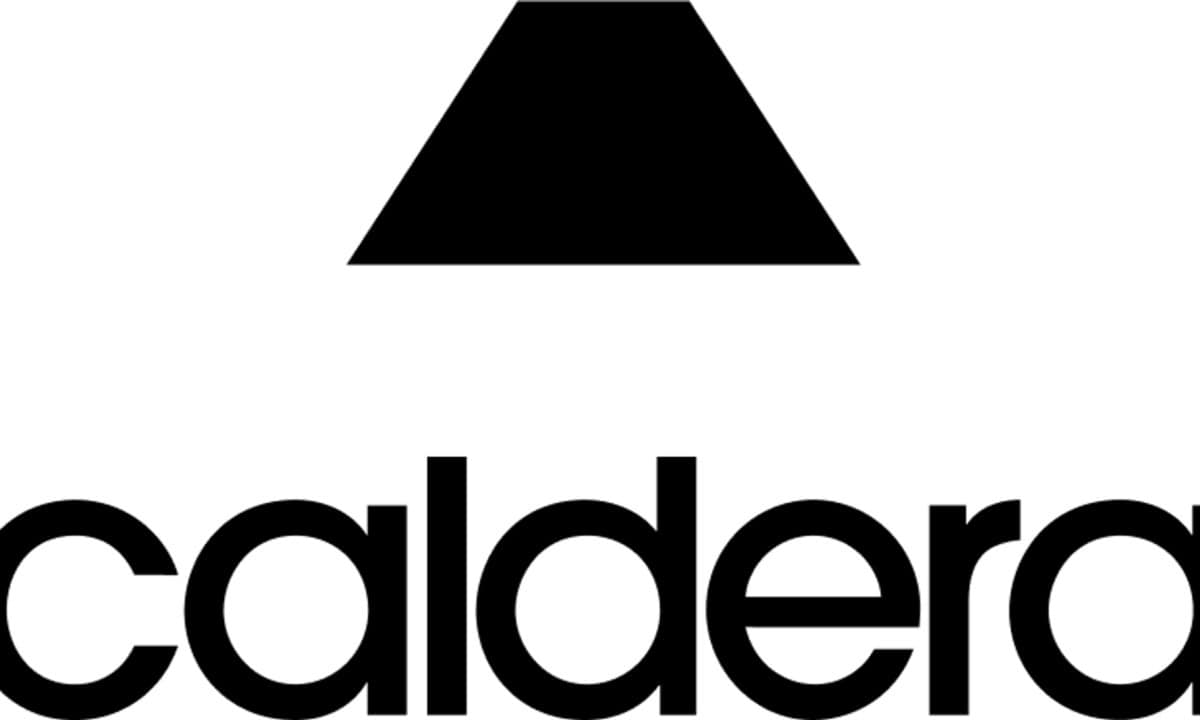Today's Cryptocurrency Prices by Market Cap
Coins HD ranks and scores coins based on marketcap, trading volumes, and price.
| # | Name | Price | Changes 24H | Changes 7D | Changes 30D | High 24H | Low 24H | Market Cap | Volume 24H | Price Graph (7D) |
|---|
Social Infrastructure OpenSocial Protocol Receives $6 Million Strategic Backing Led by Framework Ventures and North Island Ventures to Fuel Community Apps
[PRESS RELEASE – Hong Kong, Hong Kong, July 25th, 2024] The ‘Web3 Shopify of Social’ hits 30,000 onchain users in 2 weeks as the first app goes live OpenSocial Protocol,…
Olympics-Inspired Meme Coin The Meme Games Nears $250K Presale Milestone
While the world catches Olympics fever, a cheeky new meme coin project is beginning to generate traction. The Meme Games (MGMES), inspired by the world’s biggest sporting event, is closing…
VanEck Predicts Bitcoin Could Reach $2.9 Million by 2050 If This Happens
Investment management firm VanEck has outlined a scenario in which bitcoin (BTC) could reach $2.9 million per coin by 2050. This forecast is based on their “base case scenario,” which…
Ripple (XRP) Community Speculates on Upcoming SEC Meeting Today
TL;DR The Ripple vs. SEC legal battle is still ongoing, with some experts predicting a resolution by the end of summer. An SEC meeting today has fueled speculation about an…
Bitcoin Price Analysis: The Bulls Must Protect This Level to Keep Hopes for $70K Alive
Bitcoin’s price has been correcting over the last couple of days after failing to break the $68K resistance level to the upside. However, there is still a high probability of…
ETZ adds SUI to IRA Offerings
[PRESS RELEASE – San Francisco, California, July 24th, 2024] ETZ is transforming retirement planning by making digital assets available to retirees ETZ, a premier service designed to simplify and enhance…
Magic Eden and Ordlify Collaborate to Streamline the Creation and Sales of New Bitcoin Ordinals Collections
[PRESS RELEASE – Nashville, USA, July 24th, 2024] Ordlify, a no-code platform for the creation of Bitcoin Ordinals collections, and Magic Eden, the leader in cross-chain NFT marketplaces, today announced…
Caldera Secures $15M Series A Funding Round to Build the Metalayer, the Largest Rollup Ecosystem
[PRESS RELEASE – San Francisco, United States, July 24th, 2024] With support from notable investors including Founders Fund, Dragonfly, Sequoia Capital, and Lattice Fund, Caldera aims to transform blockchain scalability…
Here’s How Much Crypto Sanctioned Russian Media Outlet SouthFront Received: Chainalysis
Malicious actors have increasingly used crypto-linked disinformation campaigns to disrupt elections, including the 2020 election. With the 2024 global elections impacting half the world’s population, identifying and addressing these campaigns…
Catalyze Launches Web3 Community Learning App, Introduces ‘Web3 Alphas’ NFT Series and CTZ Token Rewards
[PRESS RELEASE – Zürich, Switzerland, July 23rd, 2024] Catalyze, the pioneering community platform for Web3 education, proudly announces the official launch of its app (catalyze.one) and campaign to onboard the…
What is Crypto Market Cap?
Cryptocurrency market capitalization, often referred to as “crypto market cap,” represents the combined worth of all issued coins for a specific cryptocurrency. It’s a pivotal metric used to gauge the relative size of a cryptocurrency in the market. A cryptocurrency’s market cap is derived by multiplying its current price with the total number of its coins that have been mined or are currently in circulation. For example, to determine Ethereum’s market cap, simply multiply its current price by the total circulating Ethereum coins. A higher market cap indicates a more significant market presence and influence of that particular cryptocurrency.
How to compare Cryptocurrencies Market Cap?
Cryptocurrencies, based on their market capitalization, can be segmented into three primary tiers:
Large-cap Cryptocurrencies: Valued at over $10 billion, these are the giants of the crypto world. Examples include Bitcoin and Ethereum. These coins are characterized by their established presence, widespread adoption, and a robust ecosystem. They often have a strong community of developers who not only maintain and refine the existing protocol but also innovate by building new projects atop these platforms.
Mid-cap Cryptocurrencies: These fall between $1 billion and $10 billion in market cap. They might not be as established as the large-cap coins but have shown potential for growth and have garnered a significant amount of attention and investment. Their ecosystems are growing, and they often represent newer technologies or unique value propositions in the crypto space.
Small-cap Cryptocurrencies: Valued at less than $1 billion, these are the emerging players. While they offer high-reward potential due to their lower valuation, they also come with increased risks. Their ecosystems might still be in the nascent stages, and they could be more susceptible to market volatility.
When comparing cryptocurrencies using market cap, it provides a straightforward way to gauge their relative sizes and standings. However, it’s crucial to approach this metric with caution. Some cryptocurrencies might exhibit inflated market caps due to aggressive price movements or the structure of their token supply. Therefore, while market cap serves as a useful reference point, it’s essential to complement it with other indicators like trading volume, liquidity, the fully diluted valuation, and a thorough analysis of the project’s fundamentals. This holistic approach ensures a more informed and balanced perspective when evaluating cryptocurrencies.










